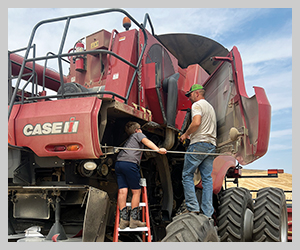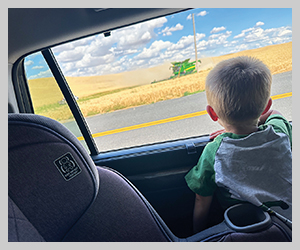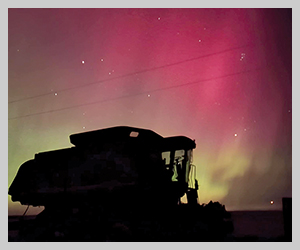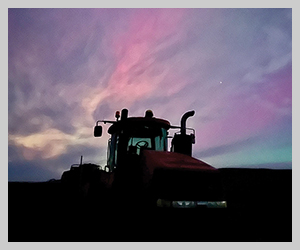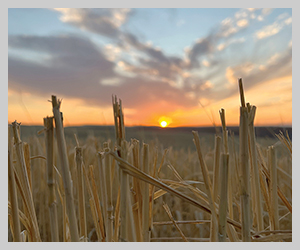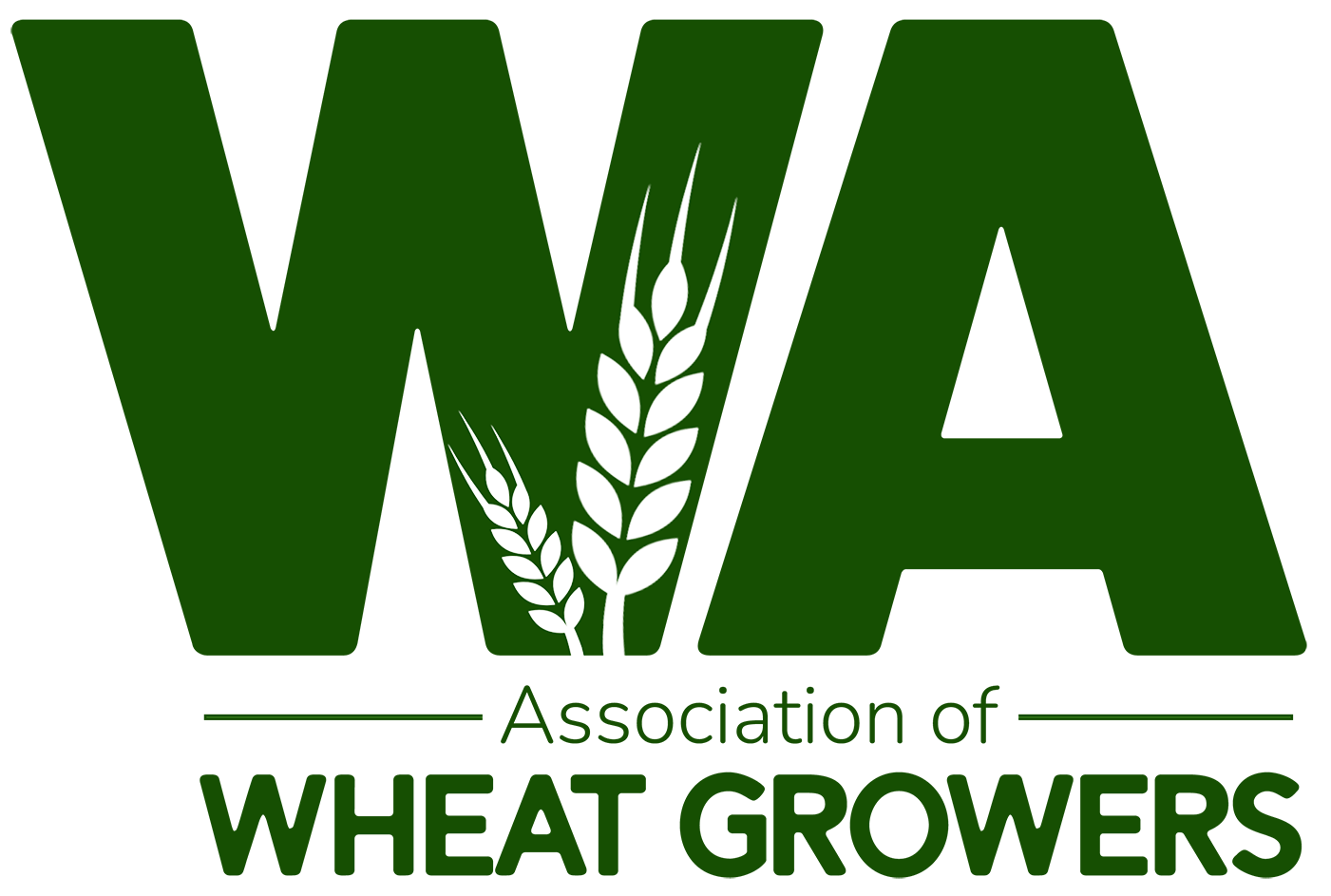Nitrogen Stewardship How yield consistency, crop rotations, weather, and new technologies influence fertilizer use
Further Reading2024
By Jennifer Ferrero
Special to Wheat Life
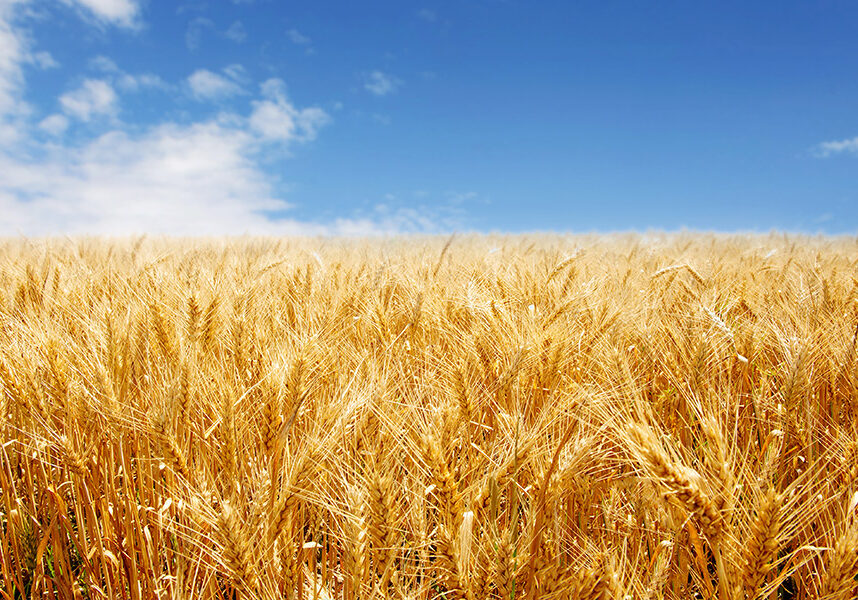
Nitrogen is all around us. It is a colorless and odorless gas converted into a fertilizer for food production. Are nitrogen fertilizers helpful or harmful? How and when can it be applied to make the most impact in an ever-changing farming landscape? I turned to the insights of two seasoned farmers, Jack DeWitt and Jim Kent, who have cultivated the land in Eastern Washington and Northeast Oregon for decades. Their experiences, combined with the expertise of a Washington State University (WSU) scientist, shed light on the cooperation of the weather, crop rotations, and benefits of nitrogen fertilizer in this region.
Jack DeWitt, a seasoned farmer with over 70 years of experience in the region, brings a wealth of knowledge to the table. His extensive career, which includes 40 years managing a 5,000-acre farm, ownership of Touchet Valley Seed, and involvement in leading farm organizations, has equipped him with a deep understanding of the industry. In semi-retirement, he manages 40 acres of wine grapes, eight acres of Christmas trees, and 140 acres of wheat, which testify to his expertise.
DeWitt’s practical approach to farming, honed by his years of experience, is a testament to the adaptability and resilience of the agricultural industry. He shared that adding nitrogen to what “nature will supply” is necessary for increased yields. However, the amount to add is contingent on moisture (rainfall).
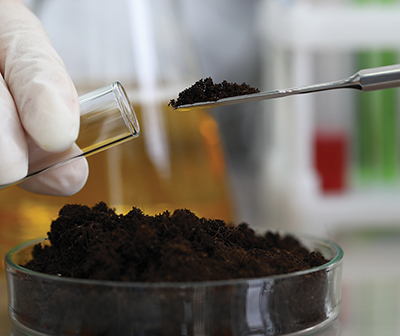
“WSU research claims it takes 2.7 pounds of nitrogen to produce a bushel of soft white wheat. That’s 270 pounds of nitrogen for a 100 bushel-per-acre crop,” he said. “My soil is about 2.5% organic matter, and I assume nature will supply enough nitrogen from organic matter decomposition for 35 bushels per acre, or about 100 pounds. Soil testing prior to seeding usually shows about 50 pounds of residual nitrogen, so I apply 120 pounds at seeding time to bring the total nitrogen available to 270 pounds. If rainfall during the winter is excessive, I soil test in January or February to see if nitrogen has moved below the root zone of the young wheat. If so, I will add 30 to 50 pounds of additional nitrogen per acre by air.”
Rich Koenig, a key figure in the WSU College of Agricultural, Human, and Natural Resource Sciences, has been in various roles with the university and industry for 30 years. His extensive experience and academic background make him a trusted source of information for his customers, including farmers, crop consultants, fertilizer distributors, and the ag industry.
“Farmers use nitrogen fertilizers or fertilizers with nitrogen and phosphorus; nitrogen is the largest single nutrient they use,” he said.
The problem farmers are working to solve is nutrient deficiency. Koenig noted that farmers test the soil in the spring and must adjust if the field doesn’t look right. He shared that nitrogen prices have tripled over 20 years, so the input cost is high. Nitrogen is manufactured using natural gas to remove it from the atmosphere and turn it into fertilizer.
“Fertilizers are produced where there is a lot of natural gas like Russia, China, Canada, and the U.S,” he explained, adding that it is a domestic commodity marketed to a global community.
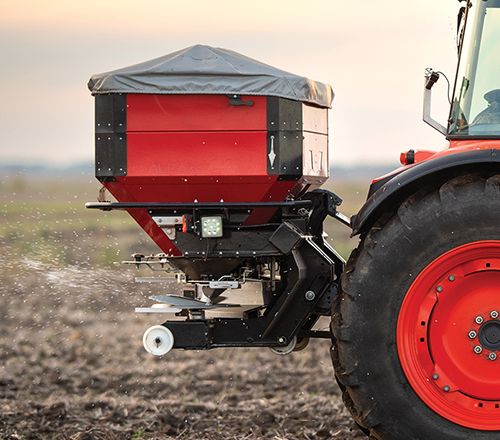
“Nitrogen management is crucial from a source, and timing of application, standpoint. The farmers and professionals we work with are highly motivated to be meticulous with their nitrogen use. Nitrogen efficiency is a key goal, aiming to grow as much wheat as possible with as little nitrogen as possible. Since nitrogen is an expensive input, the focus is on maximizing the yield and return. This underscores the urgency and significance of effective nitrogen management in modern agriculture,” Koenig emphasized.
The big concerns about nitrogen overuse include groundwater contamination and making the soil acidic and less fertile. Therefore, soil testing is common and helps farmers understand how much to use. Koenig said that consistency is key for wheat farmers, who output their products into baked goods, such as cookies, cakes, and uniform loaves of bread. He said applying the correct amount of nitrogen will help the bread to rise and have high protein.
“If a farmer is growing red wheat and needs to meet the market requirements, they must carefully manage nitrogen for a high protein level. Soft white wheat has a low protein requirement for nonraising products. However, farmers need to manage nitrogen carefully for soft white wheat. It depends upon what bakers need; farmers are motivated by the input cost and the wheat market class they are growing. They can be penalized if the protein is off — too high or too low,” he said.
Jim Kent is a wheat farmer in Walla Walla and has been at it for 35 years. He doesn’t alternate crops and does use soil testing to make decisions about fertilizers annually. He cites the importance of using nitrogen fertilizer for crop growth and higher yields. One problem with regional farming can include fertilizer runoff and waste, but Kent said, “Many farmers have gone to a chem-fallow rotation with no-till or minimum-till usage. I think this practice has helped tremendously in runoff issues.”
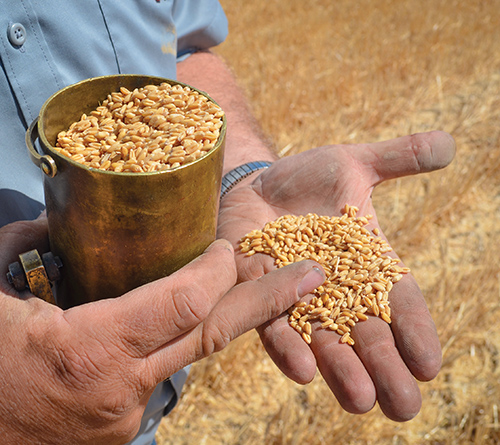
Kent believes farmers are good stewards of the land.
“Without fertilizer and Mother Nature cooperating, crops would probably not be as bountiful in certain regions. It has always been challenging to balance adding fertilizer. Soil tests are a must,” he said.
He added that new technologies have created precision farming, making applying the right amount of fertilizers at the right time and place easier.
“Not all farmers are capable of partaking in this (precision farming) due to the financial risks in switching over, but it is an option,” He said regarding the technology. “Precision placement of any element can advance the early growth of the seed and give it a better chance of producing more. I believe more farmers will adopt this technology in the future.”
Koenig noted the variable use of technology for nitrogen fertilizer placement, such as artificial intelligence (AI), satellite imagery, GPS, and drones. He said these tools allow farmers to identify locations in the field with a problem, allowing them to treat field sections as needed, which can cost less and provide better results.
Reviewing the mass media coverage, DeWitt suggested that there might be a biased portrayal of fertilizers. He supported Kent’s claim that farmers are inherently responsible land stewards, and he questioned whether the shift towards organic farming would address concerns about chemical usage. DeWitt also emphasized that conventional farms are becoming more productive, highlighting the importance of synthetic nitrogen for feeding the world’s population. He noted that without synthetic nitrogen, the world’s farms could only feed half of its 8 billion people.
Tags




